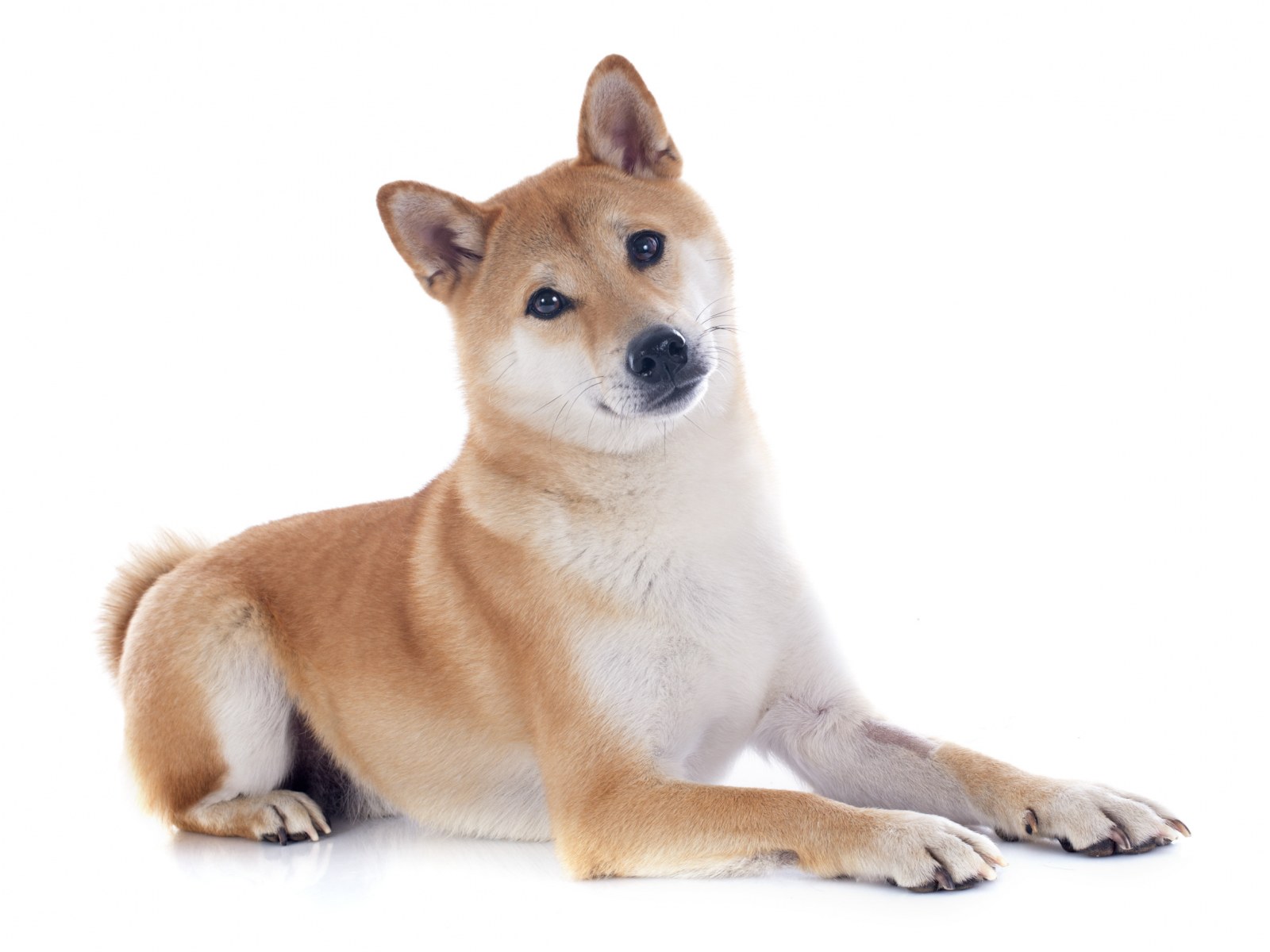Skin problems in all dogs are the most common problems seen by veterinarians and your Pekingese is not an exception. The most common of all skin problems is flea allergy dermatitis (FAD). Itchy, crusted bumps with hair loss in the region around the rump, especially at the base of the tail, result from a flea bite anywhere on the dog’s body.
Allergic Reactions
Besides FAD, dogs can have allergic reactions to pollens or other inhaled allergens. Food allergies can also occur, but are uncommon.
Pyoderma, with pus-filled bumps and crusting, is another common skin disease. Impetigo is characterized by such bumps and crusting most often in the groin area of puppies. Both are treated with antibiotics and antibacterial shampoos.
Hot Spots
 A reddened moist itchy spot that suddenly appears is most likely a “hot spot,” which arises from an itch-scratch-chew cycle resulting most commonly from fleas or flea allergy. Clip the surrounding hair, wash the area with an oatmeal-based shampoo, and prevent your Pekingese from further chewing.
A reddened moist itchy spot that suddenly appears is most likely a “hot spot,” which arises from an itch-scratch-chew cycle resulting most commonly from fleas or flea allergy. Clip the surrounding hair, wash the area with an oatmeal-based shampoo, and prevent your Pekingese from further chewing.
A distasteful product such as Bitter Apple may dissuade the dog from chewing. Many breeders use Listerine mouthwash or Gold Bond powder with good results. Your veterinarian can also prescribe anti-inflammatory medication.
Seborrhea
In seborrhea, there may be excessive dandruff or greasiness, often with a great deal of ear wax and a rancid odor. Treatment is with anti-seborrheic shampoos.
Skin Problems
A healthy coat depends on healthy skin. Skin allergies, parasites, and infections can make your dog’s skin unhealthy and your dog uncomfortable.
Allergies
Suspect an allergy if your Pekingese has reddened itchy skin, particularly around the ears, eyes, feet, forelegs, armpits, and abdomen. The dog may scratch and lick, and rub his torso or rump on furniture or rugs.
Allergens
Pollens and other inhaled microscopic items, chemicals on rugs and lawns, various foods, and fleas are all common allergens. The most common inhaled allergens are dander, pollen, dust, and mold. They are often seasonal. Unlike in humans, where hay fever and other inhaled allergens typically cause sneezing, in dogs they more often cause itching.
Allergens can be isolated with a skin test in which small amounts of allergen extracts are injected under the skin, which is then monitored for reactions. Besides avoiding allergens, some treatments are available. Treatment includes antihistamines, glucocorticoids, and hyposensitization.
Flea allergy dermatitis (FAD), which is an allergic reaction to the saliva that a flea injects under the skin whenever it feeds, is the most common allergy among dogs. Not only does it cause intense itching in that area, but all over the dog, especially around the rump, legs, and paws. Even a single flea bite can cause severe reactions in allergic dogs.

